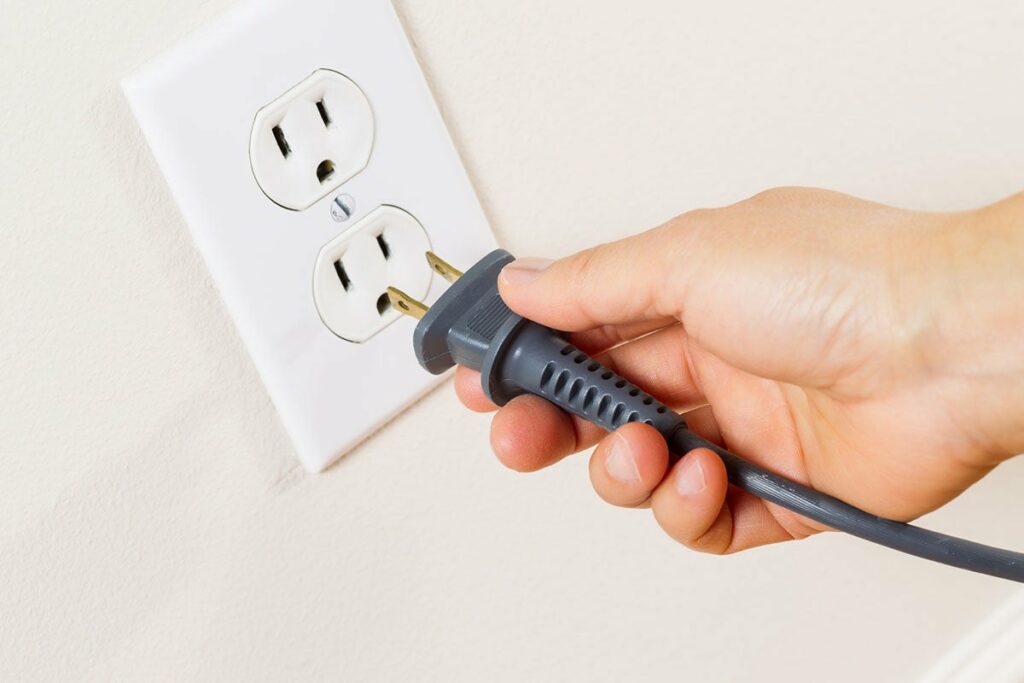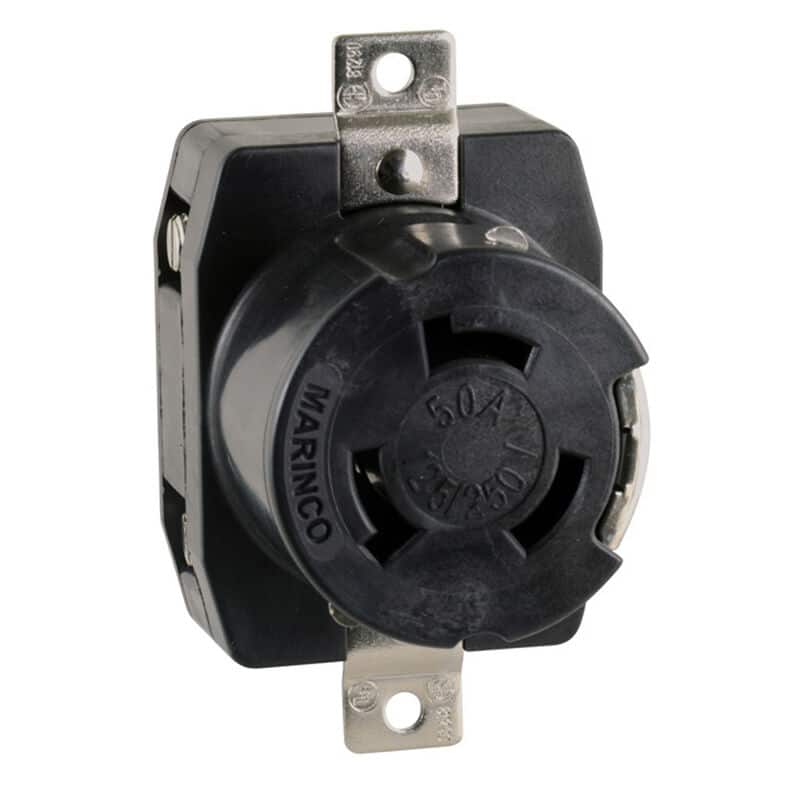The language of electricity is confusing. Outlet, receptacle, socket — what do they all mean? Most importantly, are they the same?
Though they’re frequently used synonymously, these phrases don’t mean the same thing. In this article, we’ll explain how they’re different and end the confusion for good.
Because, if you’re unsure of the specific terms for each electrical component, how would you explain to a professional what’s wrong with your electricity?
Let’s start learning.
Difference Between Outlet, Receptacle, and Socket
The main difference between an outlet, receptacle, and socket is that an outlet is a tiny white box placed on walls with plug openings for electrical power, while the plug openings are referred to as receptacles. A socket is a place where light bulbs are screwed.
To understand these concepts clearly, let’s explain each term individually. Then, we’ll compare them side by side in a comparison chart.
What is an Outlet?
A power outlet is called an outlet because electricity comes out of it. It’s where electrical cables are inserted to turn on a gadget.
Here’s how power outlets work; Energy is transported to your home via a power plant and electricity cables and distributed throughout your home by the main circuit breaker panel box.
The circuit breaker then uses insulated copper lines and cables attached to outlets to distribute electricity to each area.
These outlets are usually installed on the walls of each room. They’re typically rectangular and white, with one or two power plugs (receptacles) on them.

Two receptacles are frequently not enough for multiple gadgets. So, in addition to powering devices and appliances, outlets also power surge protectors and power strips.
Surge protectors and power strips are extension cords with multiple receptacles, allowing more devices to be plugged simultaneously into one outlet. The main difference between the two is that surge protectors also guard your devices against a power spike.
Most US wall outlets support up to 2400 watts per receptacle. It’s safe to add two surge protectors and power strips in one outlet. However, it’s essential not to exceed the wattage limit.
The circuit will “break” if the outlet is overloaded with more energy than it can manage, harming your appliances and, in the worst situation, starting a fire.
What is a Receptacle?
The word receptacle commonly describes the one, two, or more power plugs in the wall outlet where the power cord from a device or appliance is plugged into.
A receptacle can also define any other plug-in connection, such as a USB, headphone port, or HDMI cable. However, these connections aren’t on a power outlet but on a TV, PC, surge protector, modem, etc.
This article will focus on receptacles powering devices and appliances. You can typically find them on the wall outlets positioned one above the other.
A single receptacle typically has two openings, so it’s also called “two-pronged.” The left opening is called “neutral,” while the right opening is referred to as “hot.” The cable carrying the electrical current is attached to the hot opening, whereas the cable returning the electrical current to the circuit is attached to the neutral hole.
Other receptacles have three openings, also known as “three-pronged.” Their third opening is called the “ground hole.” These grounded receptacles protect your devices from shocks and overvoltage problems. They accomplish this by neutralizing any electrical energy that might damage surrounding objects or people and rerouting it into the earth.

It’s mandatory for newer homes and structures to have three-pronged receptacles due to their additional safety layer. However, if your electrical system or house is older, you might have outlets without a “ground hole.”
What is a Socket?
A socket is the same as a receptacle — the point in the outlet where a device is plugged in and powered. However, a socket usually refers to openings that power light bulbs. The easiest way to tell them apart is to think of a socket as the power source for lightbulbs and a receptacle as the energy source for gadgets and tools.

Thomas Edison invented the lamp socket, and because of this, it’s also known as the “Edison screw fitting.” Depending on where the planned location of the light fixture is, these bulb sockets may be installed on ceilings and walls.
Light bulbs are screwed clockwise in the socket, so when you switch on the lamp, an electrical passage is accomplished, causing the bulb to heat up and shine, creating light. To remove the light bulb, you need to turn it counterclockwise.
Outlet vs Receptacle vs Socket Comparison Table
| Outlet | Receptacle | Socket | |
|---|---|---|---|
| Definition | An energy supply unit for powering gadgets, appliances, or anything that requires electricity | Part of the outlet into which a gadget or appliance’s power cord is inserted and powered | Same as “receptacle,” however it’s mostly used as a source of power for light bulbs rather than devices and appliances |
| Appearance | Rectangular and white, with one or two power plugs (receptacles) on them | Positioned one above the other in a wall outlet. A receptacle can have two openings, also known as “two-pronged” or three-openings, which makes it “three-pronged” | It has an oval look and a screw-shaped opening. To insert a light bulb, you need to turn it clockwise, and to remove it, counterclockwise |
| Installation | Usually installed in every room and hallway’s wall | As part of the outlet, the receptacle is located wherever the outlet is installed | Depending on the room plan, these bulb sockets may be installed on ceilings or walls |
Conclusion
Let’s summarize the distinctions between outlets, receptacles, and sockets before we say goodbye. When we refer to an outlet, we mean the entire rectangle unit mounted to walls and acting as the primary power source for electronics and appliances.
The outlet is made of one, two, or more receptacles. These are the physical spots of the outlet and where you plug the device or appliance to start running. The receptacle can either be “two-pronged” or “three-pronged,” and the latter is the more secure option.
Lastly, a socket is the same as a receptacle, and the terms are often used interchangeably. However, people and professionals distinguish them by referring to sockets as power supply spots for light fixtures, whereas receptacles are power supply spots for devices and appliances.